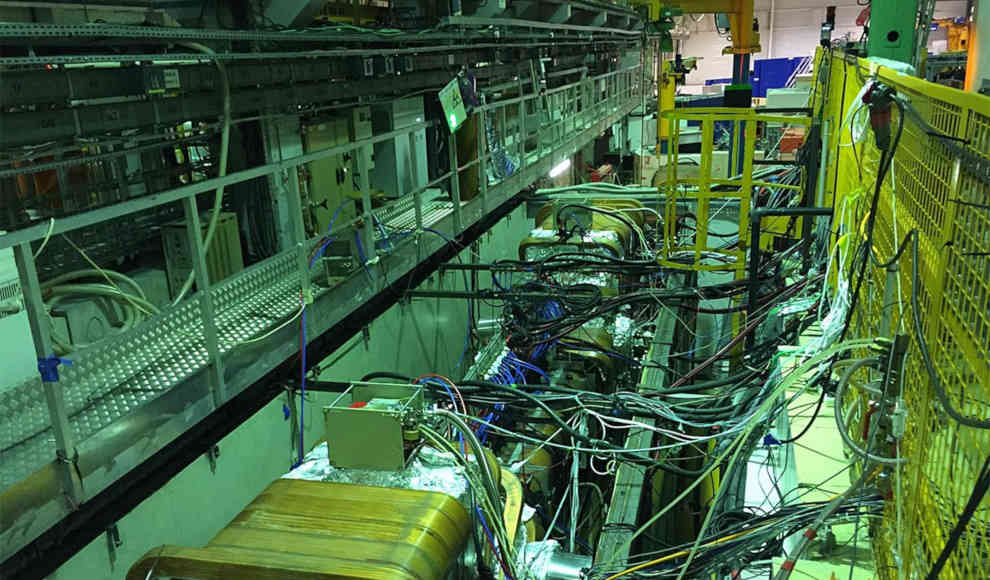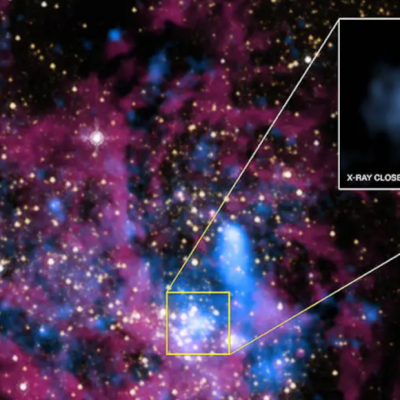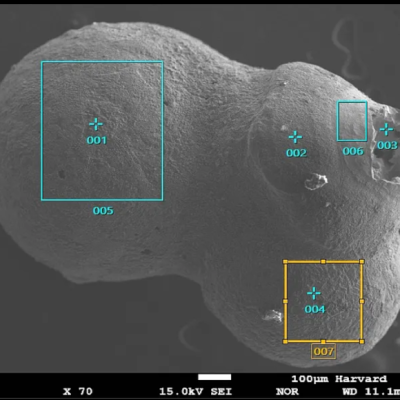Physicists have made a breakthrough in understanding the weak axial-vector coupling constant, a fundamental constant in physics that is crucial for understanding the fusion of the sun’s core and experiments at the European Organization for Nuclear Research (CERN). Scientists at the Atomic Institute of the Vienna University of Technology have developed a new method to determine the weak axial-vector coupling constant (gA) with an accuracy of 0.04 percent. Previous measurement methods were plagued by large disturbances and systematic corrections, resulting in results that varied by up to 30 percent, making it impossible to accurately determine the nature constant gA.
The weak axial-vector coupling constant is essential in physics to understand how the sun’s core works, how elements were formed after the Big Bang, and to mathematically verify experiments in particle physics, including those at CERN. It is also of great importance in astrophysics, as it can help explain how energy is distributed in the universe between ordinary atoms and dark matter. The new precise determination of the nature constant was achieved through neutron experiments, for which a new detector was built at the Laue-Langevin Institute in Grenoble, France.
During the neutron decay process, the released electrons are captured and counted in both directions by strong magnetic fields. The asymmetry in electron emission, which depends on the neutron’s spin direction, is used to determine the weak axial-vector coupling constant. According to Hartmut Abele, “the electron emission is not perfectly symmetrical. On one side, we measure a little more electrons than on the other.” This breakthrough in determining the weak axial-vector coupling constant will have significant implications for future research in physics and astrophysics.
In conclusion, physicists have made a significant breakthrough in determining the weak axial-vector coupling constant, a fundamental constant in physics that is crucial for understanding the fusion of the sun’s core and experiments at CERN. The new method developed by scientists at the Atomic Institute of the Vienna University of Technology has enabled the determination of the nature constant gA with an accuracy of 0.04 percent, overcoming previous measurement methods’ limitations. This breakthrough will have significant implications for future research in physics and astrophysics.










